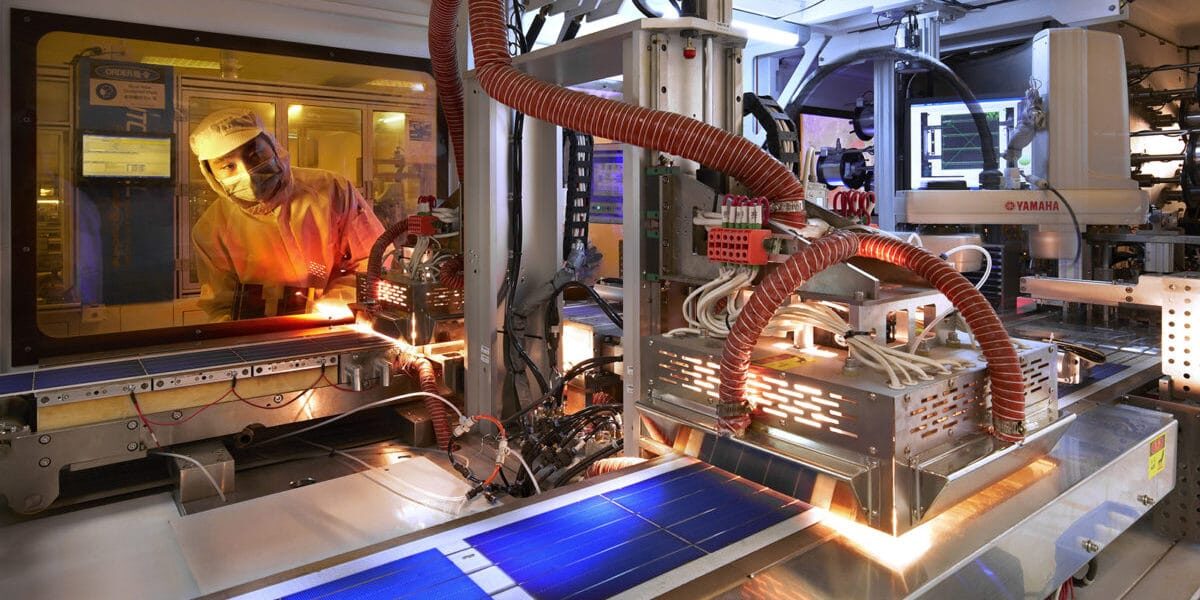Just five days after the plan gained Environment Committee approval, the San Diego City Council approved by the city’s plan to establish a community choice aggregator (CCA). The decision makes San Diego’s the 27th CCA in existing or under formation in California.
The vote was not unanimous, but the measure won by a wide majority. Of the nine council members, seven voted in favor with only two opposed. The two members in their opposition argued over specific details of the plan, rather than against the idea as a whole. Their concerns stemmed from the idea that alternate members of the the CCAs executive board will not have to be elected officials and the general ability of a government entity to effectively provide utility service.
The joint-powers authority has yet to be named, but is ditching its previous moniker – the San Diego Regional Community Choice Energy Authority – that just doesn’t roll off the tongue. Names aside, CCAs have taken off in California, the land of the environmentally and generationally conscious, as a means to pursue a more rapid move to renewable energy. With this in mind, San Diego officials have predicted that the CCA will reduce the city’s greenhouse gas emissions by roughly 50% by 2035.
This decision comes curiously close to San Diego Gas and Electric’s proposal to raise the monthly minimum utility charge from $10 to $38. Not only were city residents understandably upset about the price hike, but the rhetoric used to justify the hike.
In defense of the $28 increase, SDG&E argued that minimum bill increases are necessary in order to “ensure that all customers pay for their minimum threshold of service provided by SDG&E, even if they are departing load or DER (distributed energy resource) customers.”
Since there is no evidence to even suggest that this CCA would do anything to bar customers from installing rooftop solar or any other kind of DER, the entity will likely challenge SDG&E’s rhetoric that penetration of distributed solar customers onto the grid is raising overall service costs for the utility. Never mind the fact that Lawrence Berkeley National Lab (LBNL) has projected that even if distributed solar were to represent 10% of total electricity sales, the impacts would be either a cost or a benefit of around half a U.S. cent per kilowatt-hour ($0.005/kWh).
In terms of billing structure, under SDG&E’s utility service agreement, the company will bill the CCA for all services and products supplied by SDG&E. That leads to the conclusion that the CCA will be billing customers directly, and it will be interesting to see how those compare. The other interesting factor to consider in billing structure is if SDG&E will include some cost shift cost in its bill to the CCA.
However no billing will happen until the energy service begins in 2021. Actually, the reason the vote on this CCA’s establishment was so close to the Environment Committee vote was to make sure that the city could submit the community choice proposal to the California Public Utilities Commission by the end of the year, allowing for that 2021 goal.
This content is protected by copyright and may not be reused. If you want to cooperate with us and would like to reuse some of our content, please contact: editors@pv-magazine.com.









“”In defense of the $28 increase, SDG&E argued that minimum bill increases are necessary in order to “ensure that all customers pay for their minimum threshold of service provided by SDG&E, even if they are departing load or DER (distributed energy resource) customers.””
You mean paydays for their top 24 like Kevin C. Segara who must make more than his predecessors $1.3 million salary with $16.1 million benefits from Sempra and SDG&E. Egregious B.S. on any level. When properties are developed the infrastructure is put in and “turned” over to the proper utility, same for electrical services. When you buy the property part of that cost is for the infrastructure. The utility gets tax write-offs for infrastructure depreciation, while they cry from “lost revenues” when the public using less electricity in an attempt to shore up their monthly budgets. Electricity prices rise once again for the ratepayers. This usury goes on and on and on…… Now all of the IOUs SCE, SDG&E, PG&E all cry “duck curves” and say they need a TOU to spike electricity rates to insure power for the grid. SDG&E lies and says the solar PV adopters “unfairly” do not pay enough, ” minimum threshold of service provided by SDG&E.” All the while when a solar PV adopter generates more solar PV and pushes that generation back onto the grid, it goes right next door or across the street to the neighbor to use. When the neighbor is using this non-fueled solar PV, does SDG&E remove the “fuel” costs or the T&D costs, built into the price per kWh of electricity when using clean solar PV distributed from next door? Of course not, where oh where are those RICO statutes when you need them?